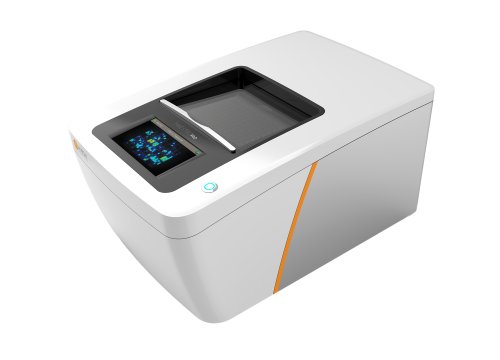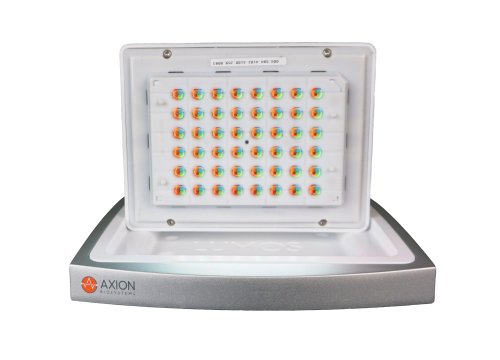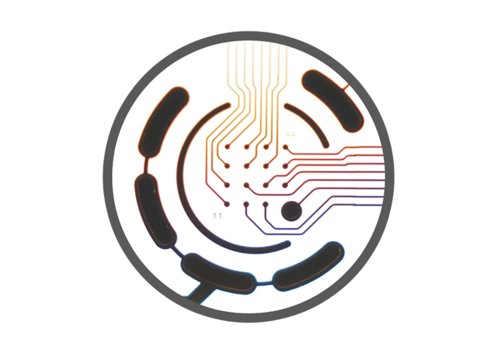Authors: Elena Molokanova, Teng Zhou, Pragna Vasupal, Volodymyr P. Cherkas, Prashant Narute, Mariana S. A. Ferraz, Michael Reiss, Angels Almenar-Queralt, Georgia Chaldaiopoulou, Janaina Sena de Souza, Honieh Hemati, Francisco Downey, Omowuyi O. Olajide, Carolina Thörn Perez, Francesca Puppo, Pinar Mesci, Samuel L. Pfaff, Dmitry Kireev, Alysson R. Muotri, and Alex Savchenko
Nature Communications, 20 August 2025
Scientists use Lumos for Maestro to noninvasively modulate organoids with graphene-mediated optical stimulation (GraMOS).
Controlling neuronal activity is essential for studying brain function and developing new therapies. In this study, scientists explored a safer, noninvasive way to stimulate neurons with a graphene-mediated optical stimulation (GraMOS), which avoids probes and genetic modification by harnessing graphene’s optoelectronic properties. Using the Lumos system to deliver patterned light, the team demonstrated fast, reliable modulation of neuronal networks, opening new possibilities for organoid research and biohybrid systems.
To test the approach, the researchers combined Lumos with the Maestro Pro to record and analyze activity as they compared two methods of interfacing graphene with organoids. This integration enabled precise stimulation and simultaneous functional readout. Most strikingly, they showed that GraMOS could not only modulate organoid activity but also drive a biohybrid robot—highlighting its potential for disease modeling, stem cell maturation, and next-generation bioengineering.



